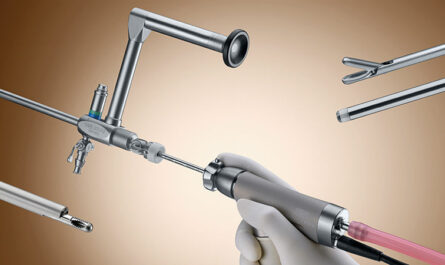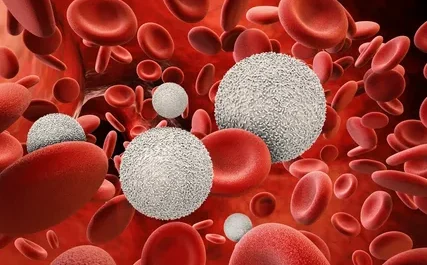
Types of Scars
There are different types of scars that can form on the skin after an injury. The type of scar formed depends on the depth and severity of the wound. Some of the main scar types include:
Hypertrophic Scars – These scars are raised above the surface of the skin and are red or dark pink in color. Hypertrophic scars remain within the borders of the original wound and do not spread too far beyond. They occur as a result of the body producing too much collagen during the healing process.
Keloid Scars – These scars extend beyond the borders of the original wound. They tend to be pink to dark red lumps that feel rubbery or firm. Keloid scars grow larger than hypertrophic scars and can continue growing months or years after the injury has healed. Keloids result from an overgrowth of scar tissue.
Atrophic Scars – Unlike hypertrophic scars, atrophic scars are depressed or sunken below the level of the surrounding skin. They appear as indented scars, pits, or depressions in the skin. Atrophic scarring occurs when too little collagen is produced during wound healing.
Stretch Marks – Stretch marks, often referred to as striae, are linear indented scars that commonly appear on the abdomen, breasts, thighs, and hips during periods of rapid weight gain or growth during puberty. They result from small tears in the dermis layer of the skin that occur when the body increases in size at a pace that the skin cannot keep up with.
Factors that Impact Scar Formation
Several factors play a role in determining how severe or noticeable scarring will be after a skin injury:
– Depth of Wound: Deeper wounds that damage both the epidermis and dermis layers of the skin are more likely to result in scarring compared to superficial wounds only involving the epidermis.
– Location: Joint areas, the shoulders, and neck are prone to more visible scarring compared to places like the back or lower legs.
– Skin Type: Individuals with darker skin tones tend to see scars that blend in more due to increased concentrations of melanin pigment. In contrast, scars often stand out more visibly on lighter skin.
– Age: Younger individuals heal faster and with less scarring compared to adults due to more resilient skin. Scarring also tends to worsen with age as collagen production declines.
– Genetics: Some people are genetically predisposed to develop hypertrophic or raised scarring more easily than others due to innate differences in wound healing responses and collagen production.
– Moisture: Scars in areas that stay moist such as the groin or under large breasts are more prone to irritation and breakdown that can worsen scarring.
– Post-Injury Care: Improper wound care, frequent scratching or rubbing of scabs, prematurely removing sutures/staples, and sun exposure before complete healing can all lead to more noticeable scarring.
Treatment Options for Scarring
There are a number of treatment options available that can help reduce the appearance of scars and limit further scarring, including:
Silicone Scar Sheets/Gels
Applying silicone-based gel sheets, patches or cream gels to scars has been shown to significantly improve both hypertrophic and atrophic scarring. Silicone provides a moist environment that aids collagen remodeling to produce a smoother, flatter, and less noticeable scar. It works best when applied for 12 hours per day for 6 months or longer.
Steroid Injections
Injections of corticosteroid medications directly into hypertrophic or keloid scars can help flatten them by reducing scar tissue growth and inflammation. Multiple injections separated by 4-6 weeks may be needed for best results. Steroids carry potential side effects if overused like skin thinning or depigmentation.
Treatment with Lasers/Light Therapy
Pulsed dye laser (PDL), fractional laser resurfacing, and intense pulsed light (IPL) therapy use beams of specific wavelengths of light to selectively target hemoglobin in scar tissue without harming surrounding normal skin. This triggers apoptosis (death) of scar fibroblasts to soften and flatten scars over multiple treatments.
Surgery
Surgical excision is often required to fully remove thick keloid scars that do not respond well to other therapies. The wounds are closed with small, carefully placed sutures or allowed to heal by secondary intention to minimize regrowth. Good sterilization and wound care practices minimize recurring scarring.
Vitamin E
Topical vitamin E oil or gel gently applied to scars twice daily can aid fading over months. It is thought to work by improving cellular antioxidant defenses and supporting collagen synthesis during remodeling. Vitamin E carries minimal risk of side effects.
Massage
Gentle massage using scar creams or oils is meant to breakup cross-linkages in scar tissue to make it softer and more pliable. Two to three 5-minute sessions daily for several months are usually recommended to help prevent scar thickening and contracture.
While scarring is a natural part of the healing process, using a combination of appropriate scar treatments at different stages can significantly enhance the appearance of most scars over time. Consultation with a dermatologist can help choose the best scar management options in each individual case.


